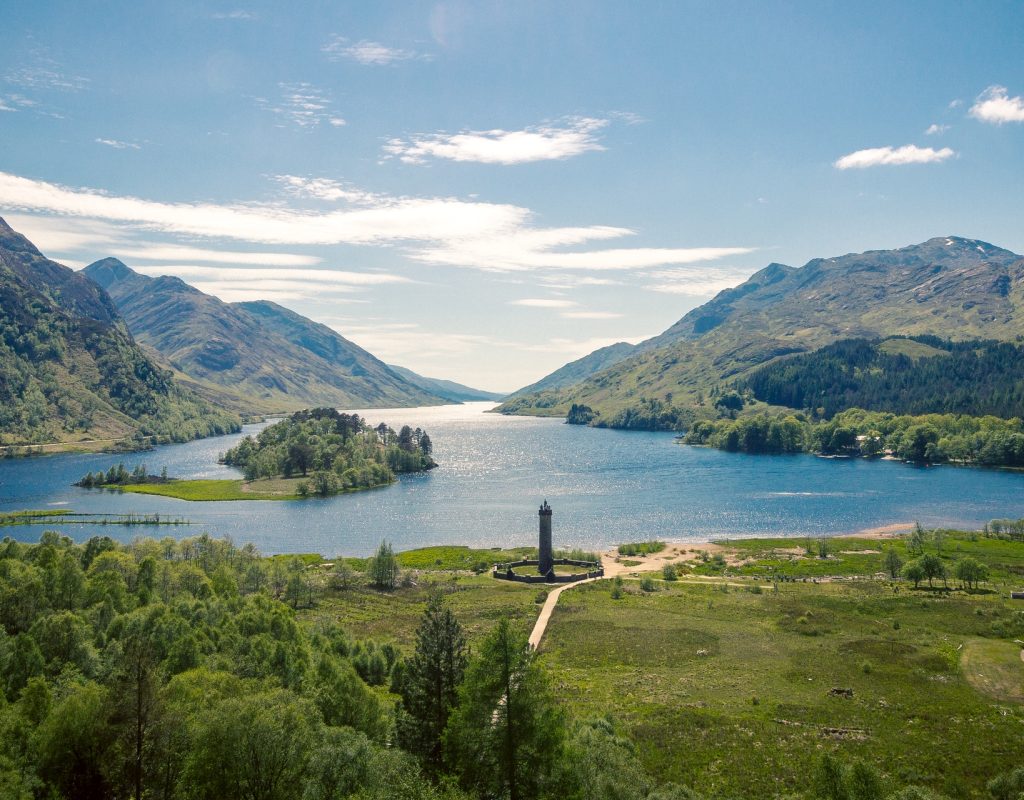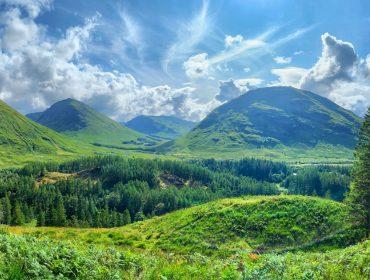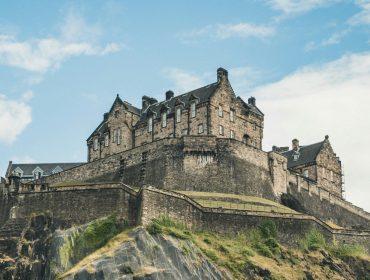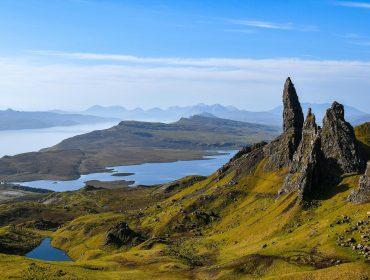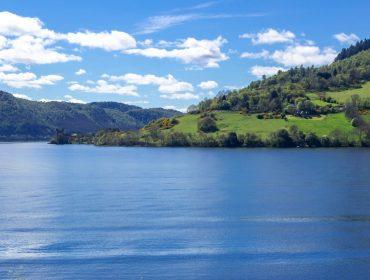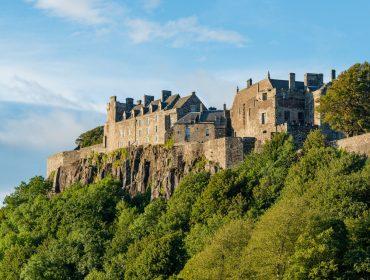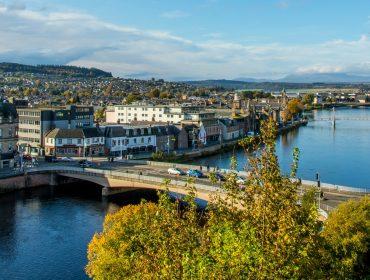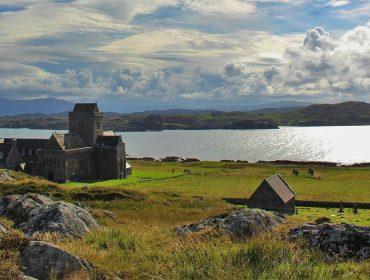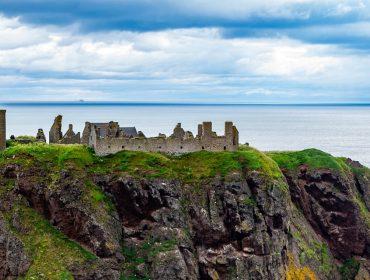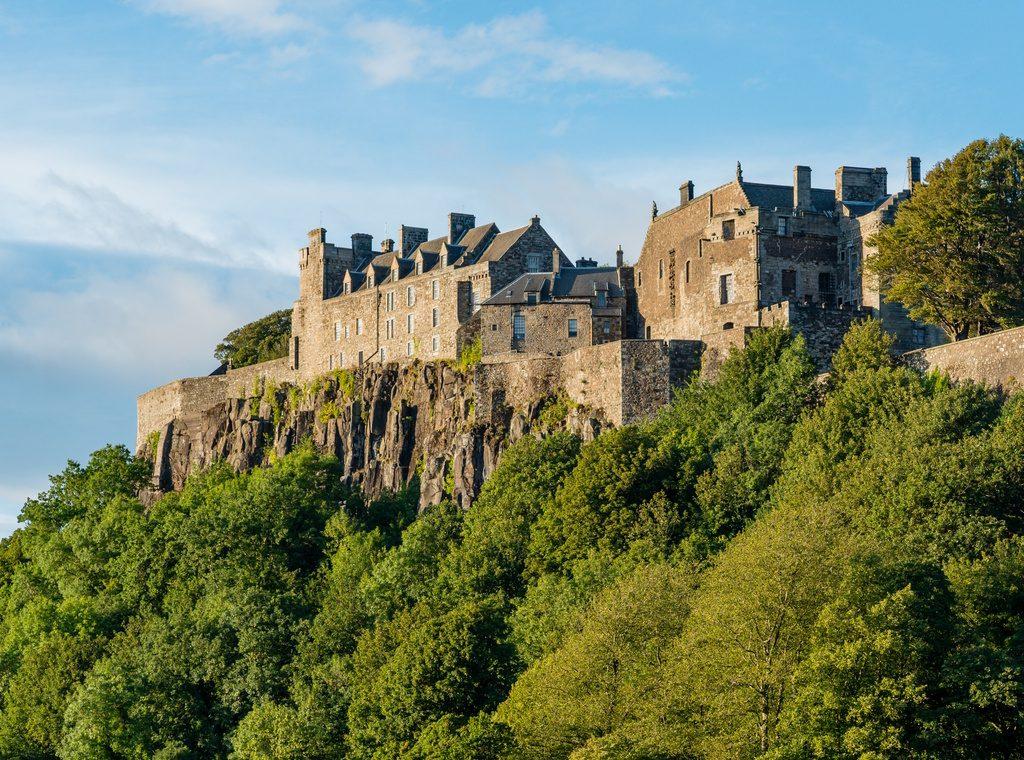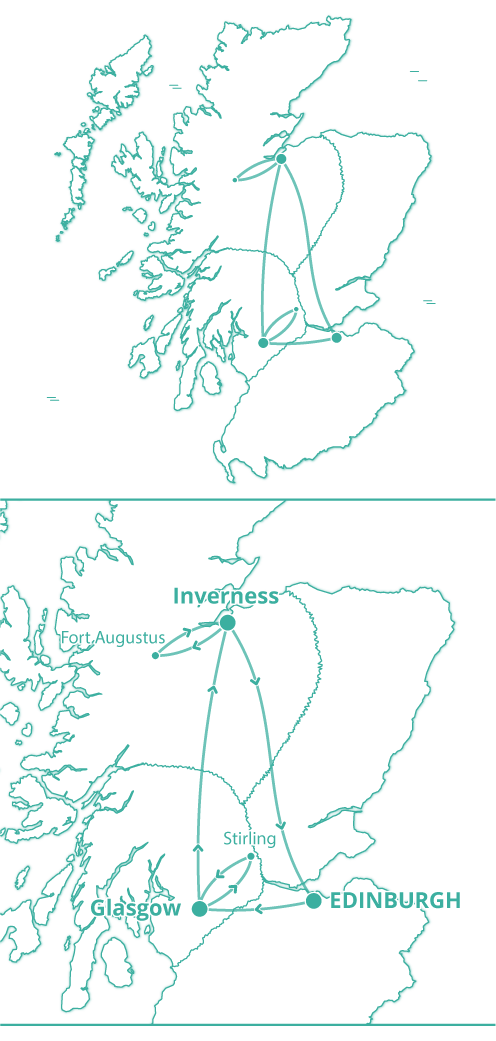Scotland is a geographically diverse country located in the northern part of the island of Great Britain. It is bordered by England to the south, the Atlantic Ocean to the west and north, and the North Sea to the east. Scotland’s rugged landscapes, extensive coastline, and numerous islands have played a crucial role in shaping its history, culture, and climate. The terrain of Scotland is defined by dramatic contrasts. The Highlands in the north and west are home to some of the most spectacular landscapes in the UK, characterized by towering mountains, deep glacial valleys and picturesque lochs. Ben Nevis, the highest peak in the British Isles, dominates this rugged region, offering a challenge to climbers and stunning views across the surrounding wilderness. South of the Highlands, the Central Lowlands provide a gentler landscape of rolling hills and fertile plains, where major cities like Glasgow and Edinburgh are located. The Southern Uplands, stretching towards the English border, feature rolling moorlands and remote valleys. Scotland is home to many significant rivers and waterways. The River Clyde, historically a hub for shipbuilding and trade, flows through Glasgow before emptying into the Firth of Clyde. The River Forth passes by Edinburgh and meets the North Sea at the Firth of Forth, an important historical and economic gateway. Scotland’s lochs, including the famous Loch Ness, add to its striking landscape, while the Caledonian Canal links the east and west coasts, providing a scenic and historic waterway. The Scottish coastline is rugged and varied, with dramatic cliffs, sandy beaches, and countless islands. The Hebrides, Orkney and Shetland archipelagos contribute to Scotland’s maritime identity, with a rich history of Norse and Celtic influences. These remote islands boast stunning natural beauty, unique wildlife and a strong sense of cultural heritage. Scotland experiences a temperate maritime climate, heavily influenced by the surrounding seas. The west tends to be wetter due to prevailing Atlantic winds, while the east is comparatively drier. Winters can be cold, particularly in the Highlands, where snowfall is common, making it a prime destination for winter sports. Summers are generally mild, with long daylight hours in the far north during the midsummer months. Scotland’s striking landscapes, from its rugged mountains and remote islands to its historic cities and rolling lowlands, have shaped its identity as a land of natural beauty, rich heritage, and long-lasting traditions.

